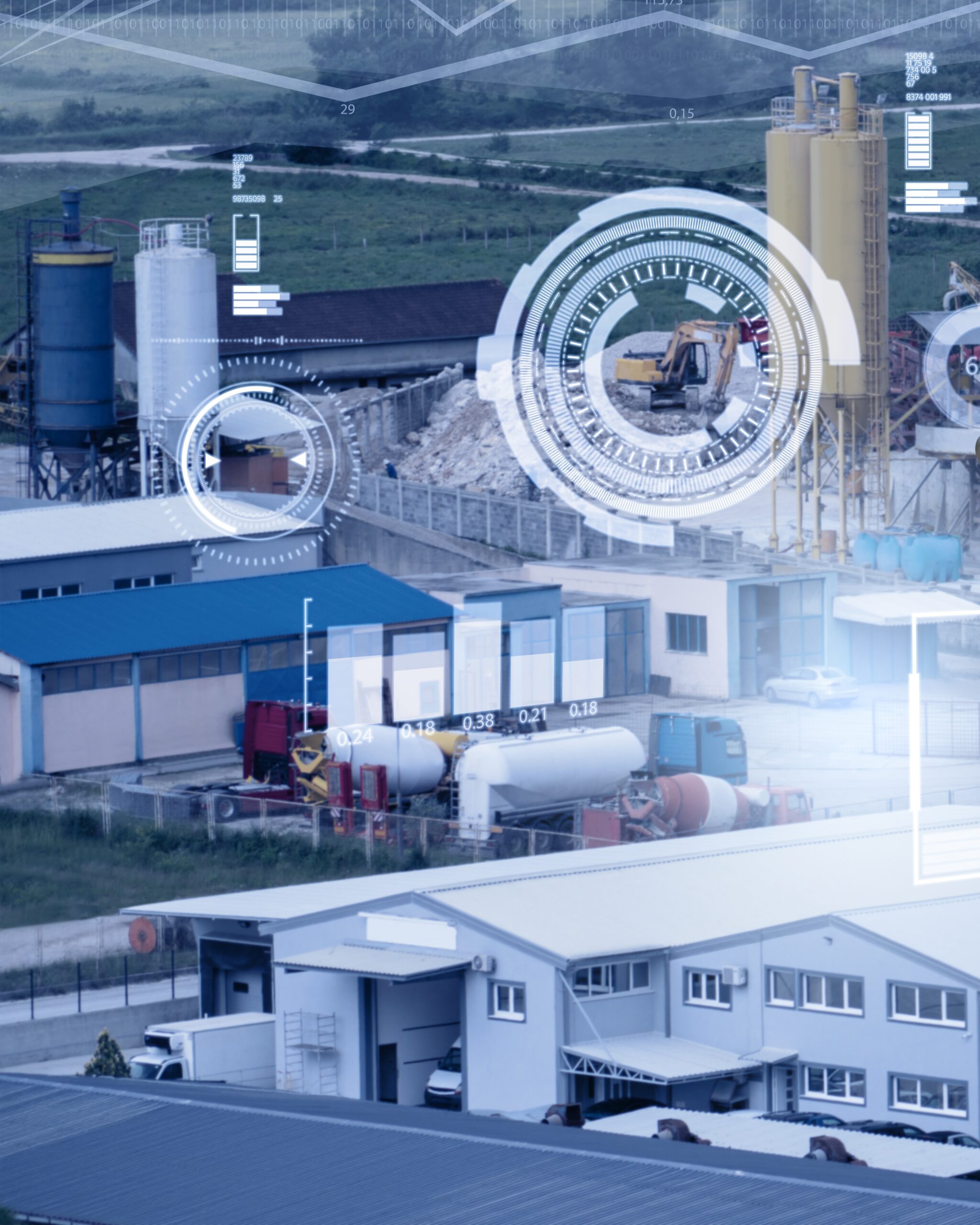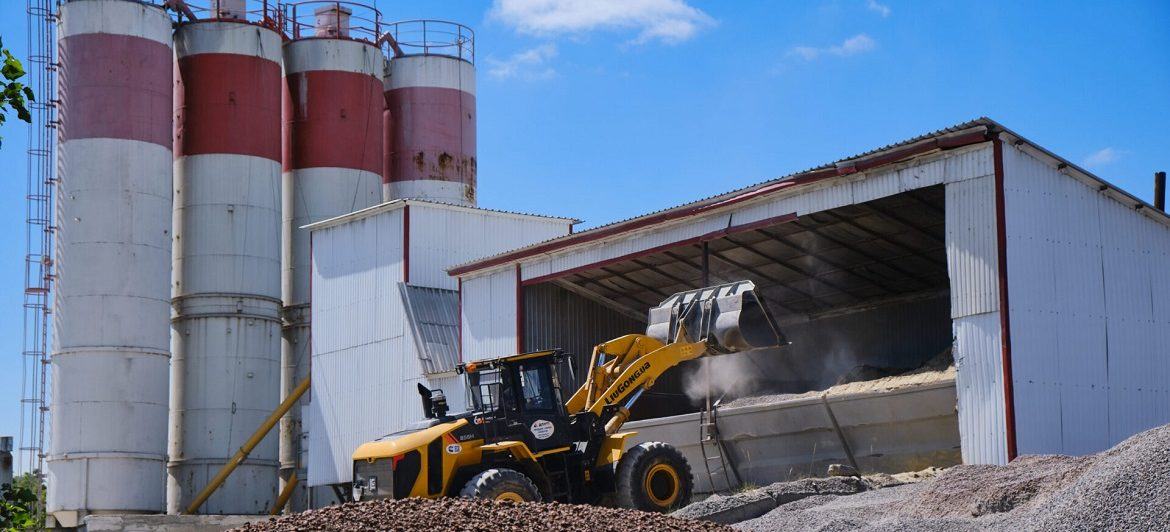

Home Construction



Industrial automation enhances efficiency and productivity in construction by ensuring precise control over mixing, curing, and packaging processes, reducing waste, and maintaining consistency. Embracing automation supports the industry’s growing demand for concrete and cement while optimizing resources and minimizing environmental impact
Cement sector
Cement serves as a hydraulic binder in the production of concrete, hydraulic mortar, plaster, and similar materials. It is rarely utilized in isolation; instead, it functions primarily to bond aggregates such as sand and gravel. When combined with fine aggregates, water, and specific chemical additives in exact ratios, cement forms concrete, which is essential for various construction projects, including residential buildings, roadways, and dams. Typically, cement is a fine powder derived from a mixture of limestone, clay, sand, iron ore, and bauxite.
In the realm of construction, cement can be divided into two main types: hydraulic and non-hydraulic. Hydraulic cement undergoes hydration reactions for setting and hardening, necessitating the presence of water, whereas non-hydraulic cement reacts with gases and can set in air. Hydraulic cement is the predominant type used in concrete manufacturing, making it a critical component in the construction industry.
The cement sector is characterized by its high consumption of CO2, energy, and raw materials, representing nearly 15% of the total energy used in manufacturing processes. To address these environmental concerns, various energy efficiency initiatives and strategies have been implemented within the industry, aiming to reduce its overall impact and promote sustainable practices.
Concrete sector
The concrete industry plays a pivotal role in the construction and infrastructure sectors, providing essential materials for a wide range of applications. This sector encompasses the production, distribution, and utilization of concrete, which is a composite material made from cement, water, aggregates, and various additives. The concrete sector is characterized by its diverse range of products, including ready-mix concrete, precast concrete elements, and specialty concrete mixtures designed for specific engineering requirements. As urbanization continues to rise globally, the demand for durable and sustainable concrete solutions has become increasingly important, driving innovation and advancements in production techniques.